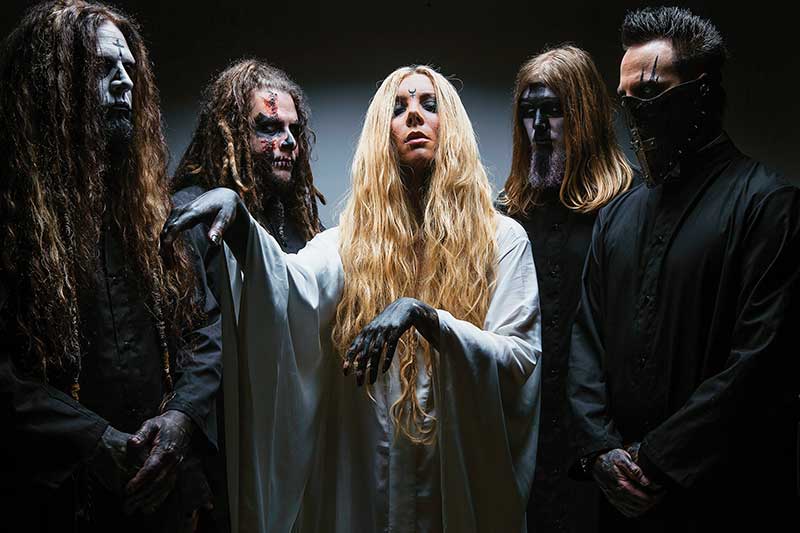


Our ability to document hit a new high with the advent of Microsoft’s SenseCam, an automatic wearable camera with a wide-angle lens, and as more people participate in “life logging”. “Look at Snapchat for example, users are taking those photos to communicate, rather than to remember.”

“Many times people are taking photos – not to serve as a later memory cue, but rather to say this is how I’m feeling right here, right now,” says Henkel. While older adults adopting digital cameras tend to use them as memory tools, younger generations tend to use the photos taken on them as a means of communication. Research has confirmed what many of us suspect – that the primary role of photography has shifted from commemorating special events and remembering family life, to a way of communicating to our peers, forming our own identity, and bolstering social bonds. Compared with six state-of-arts methods, the proposed framework demonstrates a superior performance.But the shift from film to digital has also changed why we take photos and how we use them. Experiments on the CK+ and MMI datasets using leave-one-out cross validation scheme demonstrate that the integrated framework achieves a better performance than using individual descriptor separately. To recognise a facial expression, a weighting strategy based on the latter feature and sub-division of the image frame is applied to the former to enhance the dynamic information of facial expression, and followed by the application of the classical support vector machine. We also design a dynamic feature comprising motion history image and entropy. In this paper we focus on basic emotion recognition and propose a spatio-temporal feature based on local Zernike moment in the spatial domain using motion change frequency. The current two main approaches to the recognition are basic emotion recognition and recognition based on facial action coding system (FACS) action units. A dynamic descriptor facilitates robust recognition of facial expressions in video sequences.


 0 kommentar(er)
0 kommentar(er)
